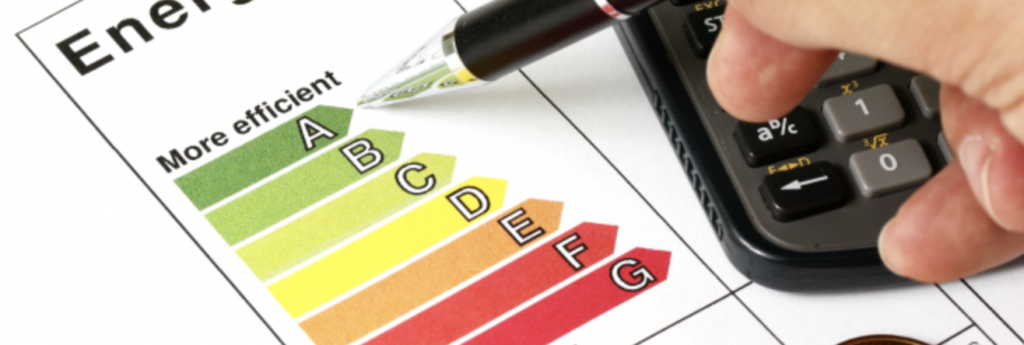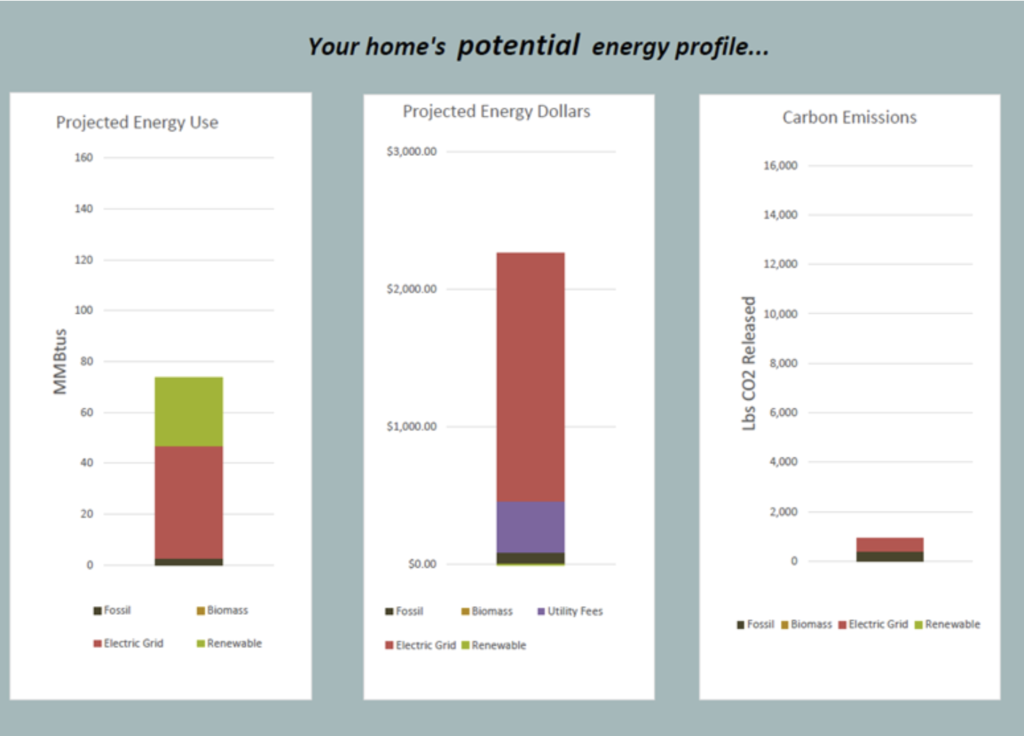Feb 9, 2023
From Then to Now: A Look at Vermont’s Zero Energy Now Program Through the Years
The Zero Energy Now program (ZEN) is a whole home retrofit program designed to drastically reduce home emissions by combining efficiency, electrification, and renewable energy measures into one package. This model reduces homeowner confusion and can be more affordable than approaching these upgrades piecemeal.
By: Andy Winslow

This year marks the end of the second phase of a Vermont retrofit program that NEEP has been engaged in along with our partners Building Performance Professionals Association (BPPA), and Energy Futures Group (EFG). The Zero Energy Now program (ZEN) is a whole home retrofit program designed to drastically reduce home emissions by combining efficiency, electrification, and renewable energy measures into one package. This model reduces homeowner confusion and can be more affordable than approaching these upgrades piecemeal.
While NEEP’s involvement in the program may be winding down, our partners in Vermont are planning to continue it into the future. The lessons we learned from our experience will be valuable for states and communities across the region as NEEP looks for pathways to scale up whole home retrofits.
The first phase of the ZEN project took place from 2016-17, when 35 homes were retrofitted. Since then, the project team received additional funding to expand the project throughout the state. The most recent iteration of ZEN began in 2020 with the goal of moving 30 Vermont homeowners through the retrofit process by the end of 2022.
Recently, thanks to energy modeling software developed by Tom Perry, ZEN Technical Director and BPPA board member, the team calculated anticipated savings from both the completed and in-progress projects. Here are the results.
The Results
Of the 30 homes in phase two, 25 opted to use the performance-based energy modeling approach described above as opposed to a prescriptive checklist approach. A preliminary analysis of results based on the energy models indicates that the ZEN approach yielded significant savings and may be a valuable model for others. By taking advantage of the ZEN model to maximize thermal improvements, HVAC system upgrades, and on-site and community renewable energy, these 25 homes reduced their carbon emissions by an astounding 94 percent! They will save a combined yearly 173 metric tons of CO2, about the amount of carbon that 205 acres of forest store or 37 gasoline-powered cars emit in a year. See the images below for an example of a pre- and post-energy model of a Vermont home that underwent a ZEN retrofit.

Across the 25 homes, fossil fuel use was reduced 92 percent due to efficient renewable thermal heating technologies like air source heat pumps and modern wood pellet boilers – a common heating source in Vermont. ZEN projects attempt to cover a home’s electric load with onsite solar panels or community solar agreements to decarbonize electric consumption and reduce utility bill costs. While it was not possible to completely convert every home’s electric load to renewable energy, 87 percent of the total load is covered by renewables.
Project costs ranged wildly across the different homes because each structure is unique, has different needs, barriers, and available resources. That being said, on average, projects cost ~$70,000 before incentives, which averaged ~$20,000. In some cases, homeowners were able to complete projects without long term financing and immediately saved money on energy bills. In other cases, projects were financed using 20-30-year loans with monthly costs slightly higher, equal to, or even lower than pre-project utility costs. The projects were cash-flow neutral, or even cash-flow positive in some instances, as energy savings offset the cost of the monthly loan payments. However, even those homeowners who faced slightly higher overall monthly costs benefited from having a more comfortable, efficient, and clean energy home.

ZEN project designers used modeling software for long-term planning and experimentation with variables to identify optimal upgrades and rate of return. In many cases, increasing the size of a project to maximize solar production and lower reliance on the grid made more sense than decreasing the size of a project but remaining responsible for a larger utility bill. The average homeowner might not understand these complexities, so having an energy expert is crucial.
Inflation Reduction Act and Opportunities for the Future
NEEP’s vision is for whole home deep energy retrofit programs, such as ZEN, to scale up and decarbonize homes across the region. ZEN was successful in using funding from multiple sources and achieving the deep decarbonization of homes. With an influx of federal funding from the Inflation Reduction Act (IRA), there is an opportunity to take the learnings from ZEN and scale them up.
Contractors already have an established way to communicate with homeowners and local residents. Using this existing network, states can provide opportunities for local contractors to be part of the clean energy transition and grow their businesses. The IRA creates three programs that states can use to grow ZEN-like programs of their own.
- The HOMES Rebate Program offers rebates totaling $4.3 billion to state energy offices for whole-home retrofit packages based on reduction in home energy use. The program covers building envelope measures, appliances and HVAC replacement, and installation and labor costs, and can be used to replace electric appliances. Homeowners can qualify for up to $4,000 for completing a whole-house project and moderate- to low-income households can qualify for up to $8,000. Funding will be available in 2023, but further guidance from U.S. DOE will be required for implementation.
- The High-Efficiency Electric Home Rebate Act (HEERA) offers state energy offices and tribes $4.5 billion to fund efficient electrification of low- and moderate- income households only. The program covers appliances, installation costs, and enabling measures such as upgrading circuit panels, insulation, air sealing, ventilation, and wiring. It includes up to $14,000 in rebates per project and can be used to replace non-electric appliances. Funding will be available in 2023, but further guidance from U.S. DOE will be required for implementation.
- State-Based Home Efficiency Contractor Training Grants Program offers state energy offices and tribes $200 million to support electrification and contractor training through reducing the cost of training, providing testing and certification of contractors, and partnering with non-profits to develop and implement state programs
These funding sources are eligible to be combined with IRA tax credits and other state incentives such as from utility energy efficiency programs. The only restriction on fund braiding is that HOMES and HEEHRA dollars cannot be combined for a project. The ZEN program can serve as an example for how contractors can be a driving force to accelerate retrofits and electrification throughout states.
Conclusion
NEEP encourages states looking to implement IRA programs to consider the lessons learned from ZEN and other retrofit projects such as using a single-point of contact contractor approach and braiding funding. NEEP has resources highlighting how to start implementing these policies and is happy to discuss.
While this phase of the ZEN project concludes, the project team from Vermont is seeking additional funding to keep the program running for years to come. NEEP looks forward to tracking the progress of this program in the future while sharing lessons learned from it with others across the region.
This article originally appeared on the NEEP blog and is reprinted with permission.





